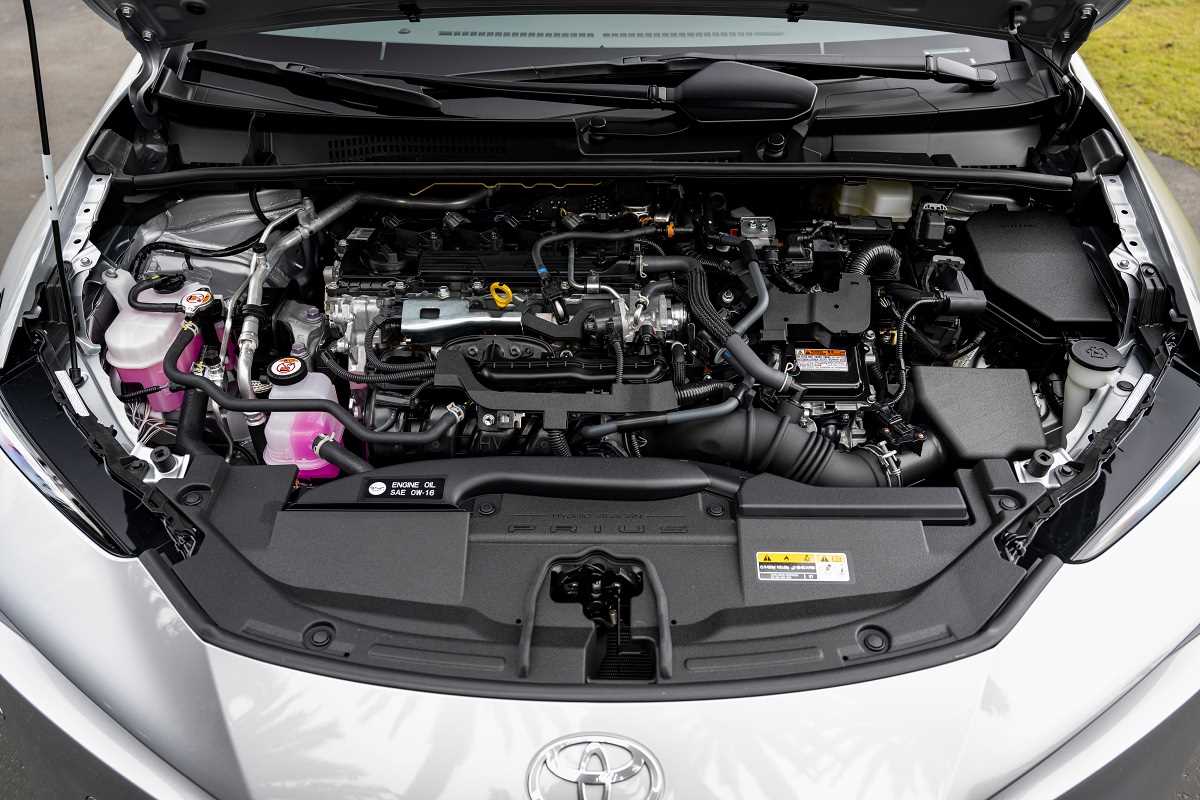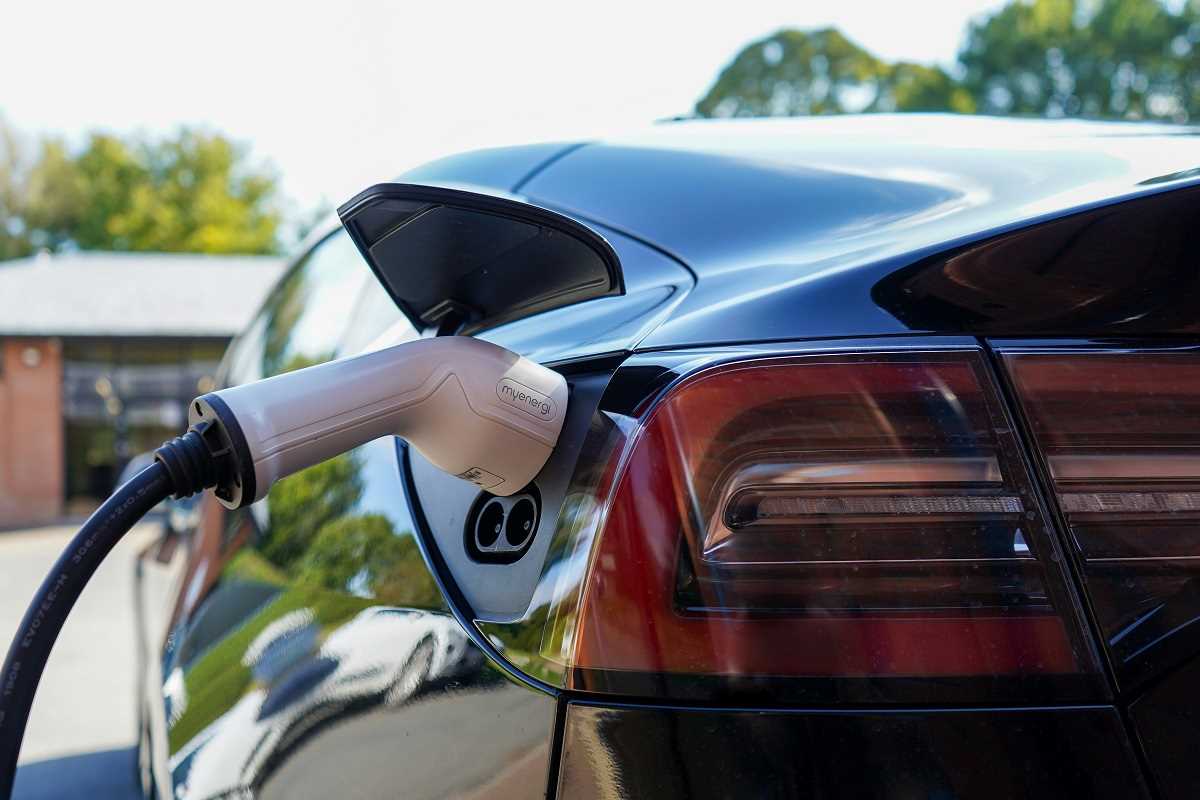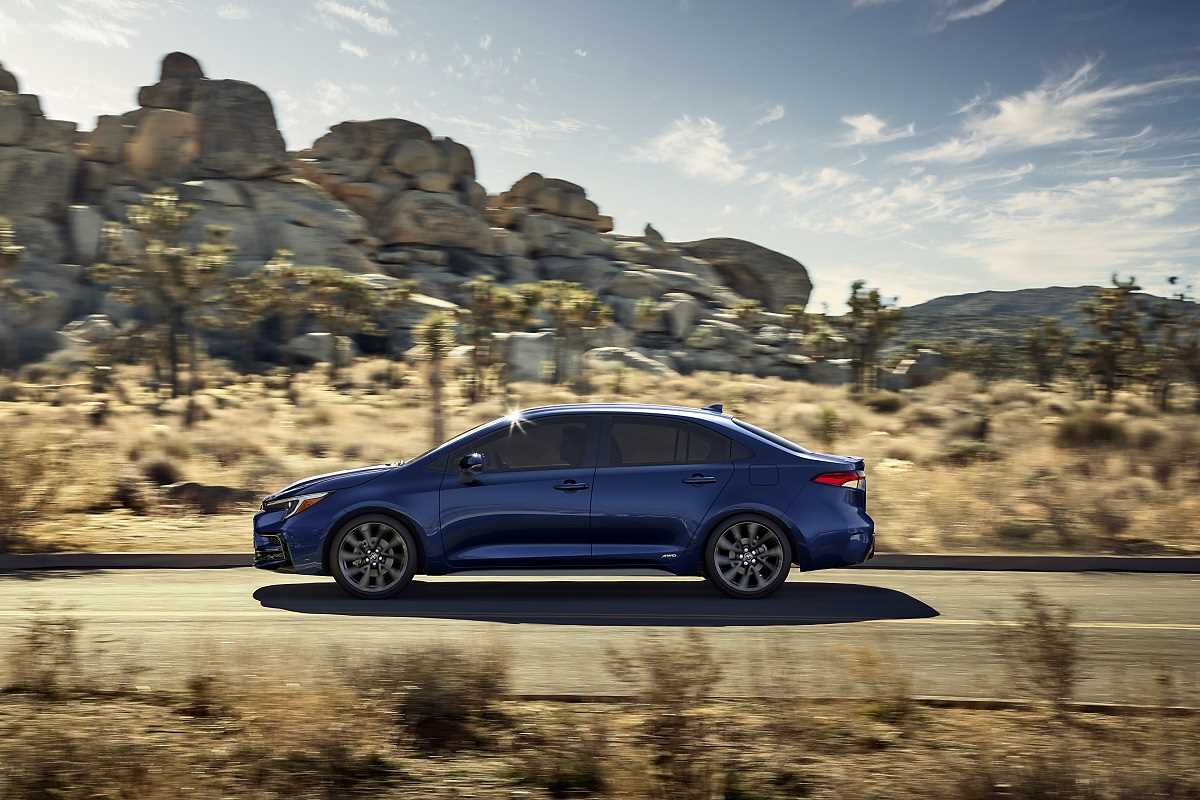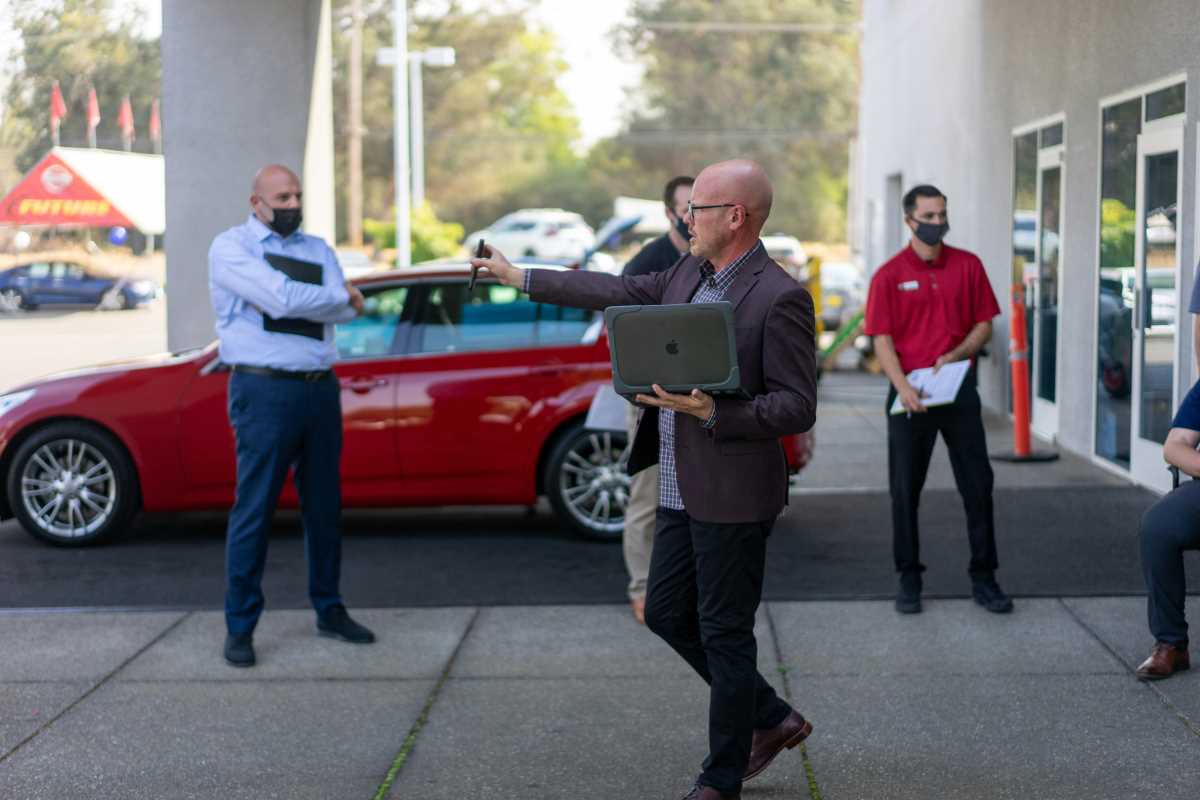Driving has come a long way in the past few decades. From cruise control to anti-lock braking systems, automotive advancements continue to make driving safer and more convenient. One feature that’s rapidly transforming the way we drive is the 360-degree camera system. Also known as a surround-view or bird’s-eye-view camera, this technology gives drivers an unparalleled perspective of their vehicle's surroundings, significantly improving safety, maneuverability, and confidence on the road.
This blog takes a deep look into how 360-degree cameras are changing modern driving. We’ll explore how the technology works, its benefits, and examples of vehicles utilizing it while touching on its future potential.
What Are 360-Degree Cameras and How Do They Work?
A 360-degree camera system is a cutting-edge technology that uses multiple cameras placed around a vehicle to provide a comprehensive view of its surroundings. The goal is to eliminate blind spots and give drivers a full perspective of what’s happening around their car, whether they’re parking, merging, or navigating tight spaces.
How It Works
Here’s a breakdown of how this technology operates:
- Strategically Positioned Cameras:
- Most 360-degree systems use four wide-angle cameras placed on different parts of the vehicle. These are usually mounted on the front grille, rear bumper, and under each side mirror.
- Image Stitching:
- The feeds from these cameras are combined or “stitched together” by software to create a seamless, bird’s-eye view of the car.
- Real-Time Display:
- The stitched image is displayed on the vehicle’s infotainment screen, often alongside individual camera feeds (e.g., backup cameras or side views).
Some systems also include advanced features like distance markers, object detection, and dynamic guidelines to help drivers better visualize their environment.
The Benefits of 360-Degree Cameras
360-degree cameras have become more than just a fancy feature; they play a practical role in enhancing driver experience and vehicle safety. Below are some of the core benefits these systems provide:
1. Improved Parking and Maneuverability
Parking, especially in tight or crowded spaces, is one of the most challenging tasks for many drivers. With a 360-degree camera, this task becomes much simpler:
- Bird’s-Eye View:
- Drivers can see all obstacles around the car, including curbs, other vehicles, and pedestrians, ensuring precision in tight spots.
- Parking Assistance:
- Many systems overlay guidelines to help drivers park perfectly within lines or assess whether a space is large enough for their vehicle.
Example:
The 2023 Nissan Rogue features an Intelligent Around View Monitor that not only provides a 360-degree image but also highlights moving objects around the vehicle, making parallel parking much less intimidating.
2. Enhanced Safety Through Blind Spot Reduction
Blind spots are a leading cause of accidents, particularly during lane changes or when reversing. Traditional mirrors can’t always capture every angle, which is where 360-degree cameras excel:
- Complete Visibility:
- Drivers can check blind spots at a glance and spot pedestrians, cyclists, or vehicles that might not be visible in side mirrors.
- Accident Prevention:
- Object detection systems integrated with the cameras alert drivers to potential collisions.
Example:
Tesla’s Model X combines a surround-view camera with advanced driver assistance features like obstacle detection and automatic braking to create a safer driving experience.
3. Boosting Driver Confidence
New drivers or those navigating unfamiliar areas often struggle with situational awareness. A 360-degree camera provides reassurance by eliminating guesswork:
- Stress-Free Driving:
- Understanding your vehicle’s position relative to obstacles can reduce anxiety, especially in high-stress scenarios like crowded city streets.
- Learning Tool:
- For new drivers, using a 360-degree camera can fast-track learning to judge distances and surroundings.
Example:
The 2023 Toyota RAV4 includes a Panoramic View Monitor that displays a full view of the vehicle’s positioning, handy for both new and experienced drivers alike.
4. Protection Against Damage
Navigating tight spaces like parking garages or avoiding curbs during turns are common challenges for drivers. A 360-degree camera helps to:
- Prevent Scratches and Dents:
- By showing every side of the vehicle, it’s easier to avoid scraping against barriers or damaging rims.
- Assist Trailer Towing:
- Some systems include trailer hitch assistance, making it easier to align a trailer without extra help.
Example:
Ford’s F-150 offers a 360-degree camera with a trailer reverse guidance system, ideal for truck owners who frequently tow.
Vehicles Featuring 360-Degree Cameras
Many automakers now offer 360-degree camera systems across a range of vehicle categories. While they were once exclusive to luxury models, the technology is becoming more widely available in mainstream and even compact cars. Here are some examples:
- Luxury Segment:
- Mercedes-Benz S-Class includes an advanced surround-view system with augmented reality overlays for maximum precision.
- SUVs:
- The 2023 Jeep Grand Cherokee offers 360-degree cameras as part of its Advanced ProTech Package.
- Affordable Options:
- The Nissan Sentra integrates a smart 360-degree camera system at a price point accessible to a broader audience.
The Future of 360-Degree Cameras
The technology behind 360-degree cameras continues to evolve. Future advancements will likely make these systems even more effective and integrated into the driving experience. Here’s a glimpse of what’s next:
- Augmented Reality Integration:
- Combining 360-degree cameras with augmented reality to display richer visuals, such as real-time hazard alerts directly overlaid on-screen.
- For example, a pedestrian crossing in front of the car might be highlighted with an AR marker.
- Improved Artificial Intelligence:
- AI-powered cameras could predict and warn against potential hazards earlier, improving safety further.
- For instance, detecting erratic movements from nearby vehicles or recognizing distractions through driver monitoring.
- Integration with Autonomous Driving:
- 360-degree cameras will play a vital role in fully autonomous vehicles by providing detailed surroundings data for decision-making.
- Advanced User Interfaces:
- Future systems could move beyond infotainment screens to use heads-up displays directly on windshields or integrate visuals into connected wearable devices.
Challenges and Considerations
While 360-degree cameras are transforming how we drive, there are challenges to consider:
- Cost:
- The technology often comes as part of premium packages or in higher-end vehicle trims, which can put it out of reach for some buyers.
- Weather and Visibility:
- Cameras can be affected by rain, dirt, or fog, reducing visibility. Regular maintenance or built-in cleaning systems could solve this issue.
- Overreliance on Technology:
- Some drivers may become overly reliant on cameras, potentially neglecting basic skills like using mirrors and physically checking blind spots.
 (Image via
(Image via.jpg)
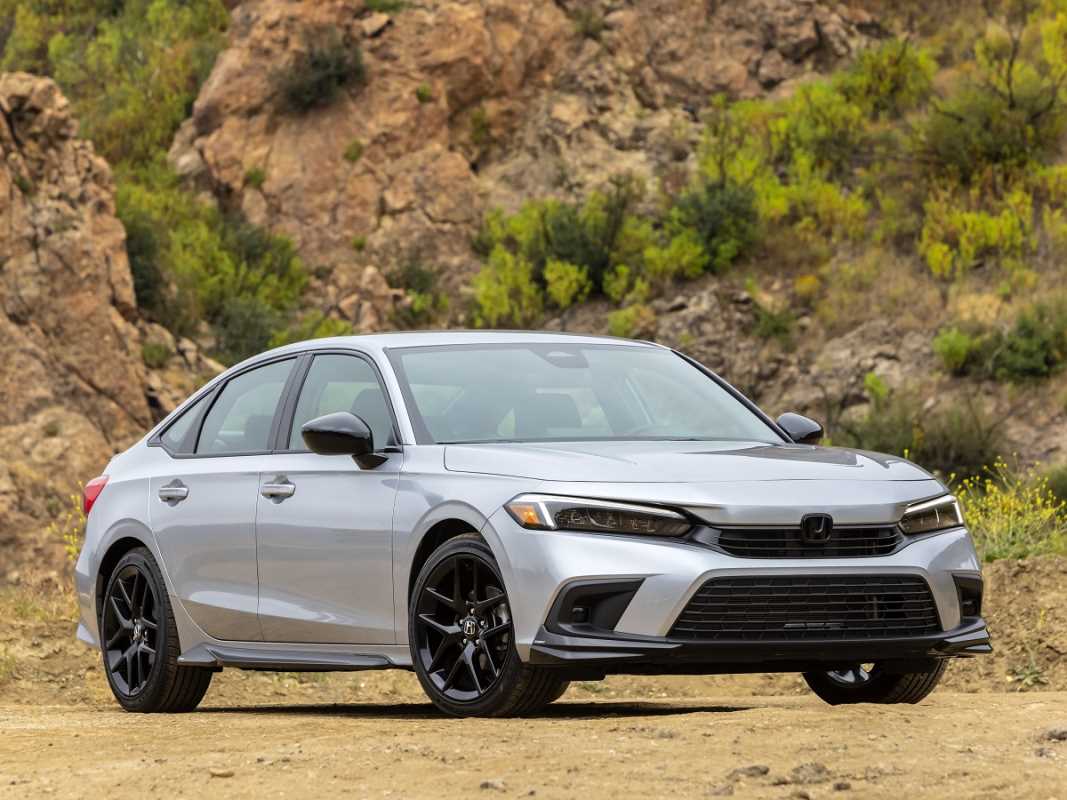
.jpg)
